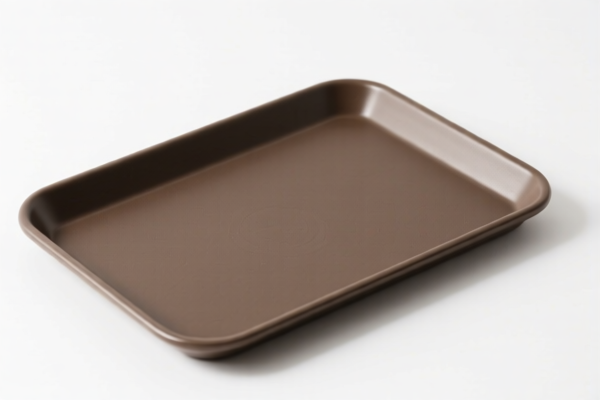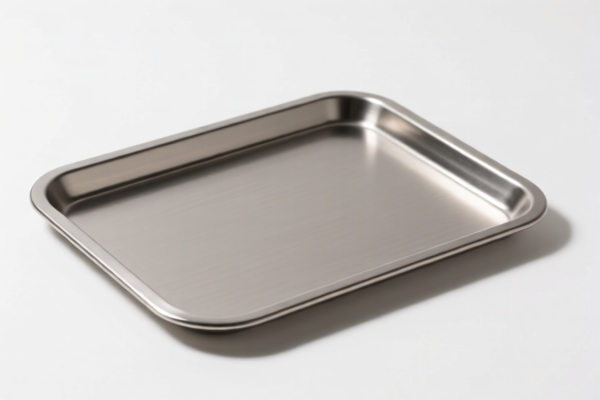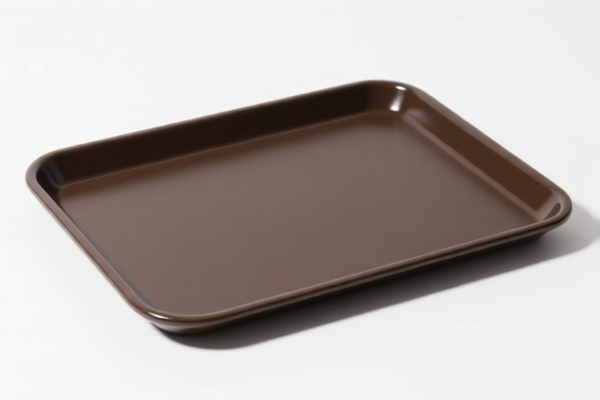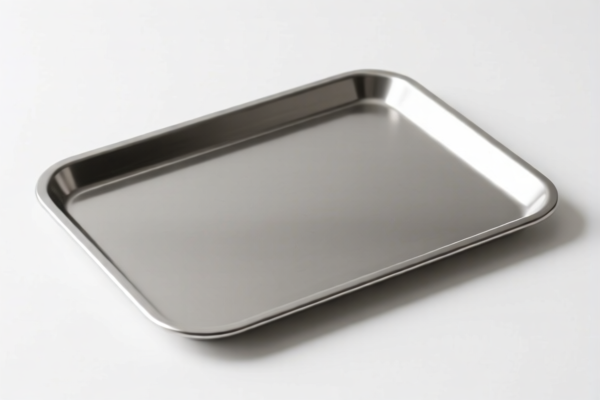| HS Code | Official Doc | Tariff Rate | Origin | Destination | Effective Date |
|---|---|---|---|---|---|
| 9601908000 | Doc | 41.2% | CN | US | 2025-05-12 |
| 9602005080 | Doc | 40.2% | CN | US | 2025-05-12 |
| 7419801500 | Doc | 58.0% | CN | US | 2025-05-12 |
| 3924104000 | Doc | 33.4% | CN | US | 2025-05-12 |
| 4421918800 | Doc | 30.0% | CN | US | 2025-05-12 |
| 4421919880 | Doc | 58.3% | CN | US | 2025-05-12 |
| 7113205000 | Doc | 42.7% | CN | US | 2025-05-12 |
| 7115906000 | Doc | 59.0% | CN | US | 2025-05-12 |
| 6911900050 | Doc | 42.9% | CN | US | 2025-05-12 |
| 6912005000 | Doc | 36.0% | CN | US | 2025-05-12 |




Okay, let's break down the HS codes provided for your "JEWELRY TRAY" declaration. I'll explain each code, its meaning, and potential implications. I'll also highlight key things to consider.
Understanding HS Codes: A Quick Primer
HS (Harmonized System) codes are internationally standardized product codes used for customs classification. The first 6 digits are generally consistent worldwide, while additional digits can vary by country. Here's how they generally break down:
- Chapter (First 2 digits): Broad category of goods.
- Heading (Next 2 digits): More specific grouping within the chapter.
- Subheading (Next 2 digits): Even more detailed classification.
- Additional Digits: Country-specific for further refinement.
Analysis of Your HS Codes
Here's a breakdown of each code, with explanations and considerations:
-
9601.90.80.00 – Worked ivory, bone, tortoise-shell, horn, antlers, coral, mother-of-pearl and other animal carving material, and articles of these materials (including articles obtained by molding): Other: Other
- Chapter 96: Miscellaneous manufactured articles.
- Heading 9601: Worked ivory, bone, etc.
- Implication: This code is for trays made from these animal materials. Important: Trade in these materials is heavily regulated due to conservation concerns (CITES). You'll likely need permits and documentation proving legal sourcing.
- Tax: 41.2% (Base 3.7% + Additional 7.5% + potential 30% after April 2, 2025)
-
9602.00.50.80 – Worked vegetable or mineral carving material and articles of these materials; molded or carved articles of wax, of stearin, of natural gums or natural resins, of modeling pastes, and other molded or carved articles, not elsewhere specified or included; worked, unhardened gelatin (except gelatin of heading 3503) and articles of unhardened gelatin: Other Other
- Chapter 96: Miscellaneous manufactured articles.
- Heading 9602: Articles of vegetable carving material (wood, cork, etc.) or mineral carving material.
- Implication: This code is for trays made from materials like wood, stone, or resin.
- Tax: 40.2% (Base 2.7% + Additional 7.5% + potential 30% after April 2, 2025)
-
7419.80.15.00 – Other articles of copper: Other: Containers of a kind normally carried on the person, in the pocket or in the handbag
- Chapter 74: Copper and articles thereof.
- Heading 7419: Other articles of copper.
- Implication: This code is for trays made of copper.
- Tax: 58.0% (Base 3.0% + Additional 25.0% + potential 30% after April 2, 2025)
-
3924.10.40.00 – Tableware, kitchenware, other household articles and hygienic or toilet articles, of plastics: Tableware and kitchenware: Other
- Chapter 39: Plastics and articles thereof.
- Heading 3924: Tableware, kitchenware, etc., of plastics.
- Implication: This code is for trays made of plastic.
- Tax: 33.4% (Base 3.4% + Additional 0.0% + potential 30% after April 2, 2025)
-
4421.91.88.00 – Other articles of wood: Other: Of bamboo: Canoe paddles
- Chapter 44: Wood and articles of wood.
- Heading 4421: Other articles of wood.
- Implication: This code is for trays made of bamboo.
- Tax: 30.0% (Base 0.0% + Additional 0.0% + potential 30% after April 2, 2025)
-
4421.91.98.80 – Other articles of wood: Other: Of bamboo: Other: Other Other
- Chapter 44: Wood and articles of wood.
- Heading 4421: Other articles of wood.
- Implication: This code is for trays made of bamboo.
- Tax: 58.3% (Base 3.3% + Additional 25.0% + potential 30% after April 2, 2025)
-
7113.20.50.00 – Articles of jewelry and parts thereof, of precious metal or of metal clad with precious metal: Of base metal clad with precious metal: Other: Other
- Chapter 71: Precious metals; jewelry, etc.
- Heading 7113: Articles of jewelry and parts thereof.
- Implication: This code is for trays made of base metal plated with precious metal.
- Tax: 42.7% (Base 5.2% + Additional 7.5% + potential 30% after April 2, 2025)
-
7115.90.60.00 – Other articles of precious metal or of metal clad with precious metal: Other: Other: Other
- Chapter 71: Precious metals; jewelry, etc.
- Heading 7115: Other articles of precious metal.
- Implication: This code is for trays made of precious metal.
- Tax: 59.0% (Base 4.0% + Additional 25.0% + potential 30% after April 2, 2025)
-
6911.90.00.50 – Tableware, kitchenware, other household articles and toilet articles, of porcelain or china: Other Other
- Chapter 69: Ceramic products.
- Heading 6911: Tableware, kitchenware, etc., of porcelain or china.
- Implication: This code is for trays made of porcelain or china.
- Tax: 42.9% (Base 5.4% + Additional 7.5% + potential 30% after April 2, 2025)
-
6912.00.50.00 – Ceramic tableware, kitchenware, other household articles and toilet articles, other than of porcelain or china: Other
- Chapter 69: Ceramic products.
- Heading 6912: Tableware, kitchenware, etc., of other ceramic.
- Implication: This code is for trays made of ceramic other than porcelain or china.
- Tax: 36.0% (Base 6.0% + Additional 0.0% + potential 30% after April 2, 2025)
Recommendations & Key Considerations:
- Material is Crucial: The exact material of your jewelry trays is the most important factor in determining the correct HS code.
- April 2, 2025 Tariff Changes: Be aware of the potential tariff increases coming into effect on April 2, 2025. Factor this into your cost calculations.
- Documentation: Have clear documentation (invoices, packing lists, material specifications) to support your chosen HS code.
- CITES Permits (for Animal Materials): If using ivory, bone, or other regulated animal materials, ensure you have all necessary CITES permits and documentation.
- Consult a Customs Broker: For complex cases or if you are unsure, it's highly recommended to consult with a licensed customs broker in your destination country. They can provide expert guidance and ensure compliance.
- Single HS Code: You should aim to use one HS code that best represents the majority of your product. If you have a mix of materials, you may need to declare the product under the code of the most expensive material.
I hope this detailed breakdown is helpful! Let me know if you have any further questions.
Customer Reviews
The page was easy to navigate, but I wish the HS code list had filters for material type. Still, the info on 7115906000 for precious metal trays was spot on.
The detailed analysis of HS code 6912005000 for ceramic trays was exactly what I needed. The tax rate and implications were well explained.
Found the explanation of HS code 3924104000 for plastic trays very clear. The tax breakdown and notes about April 2025 changes were useful for planning.
Great breakdown of HS code 9601908000 for animal-based jewelry trays. The CITES note was super helpful for understanding the legal requirements.